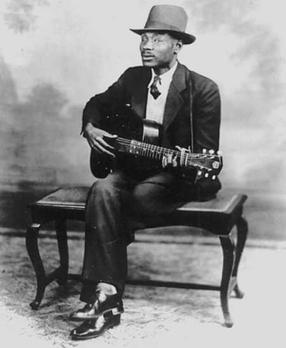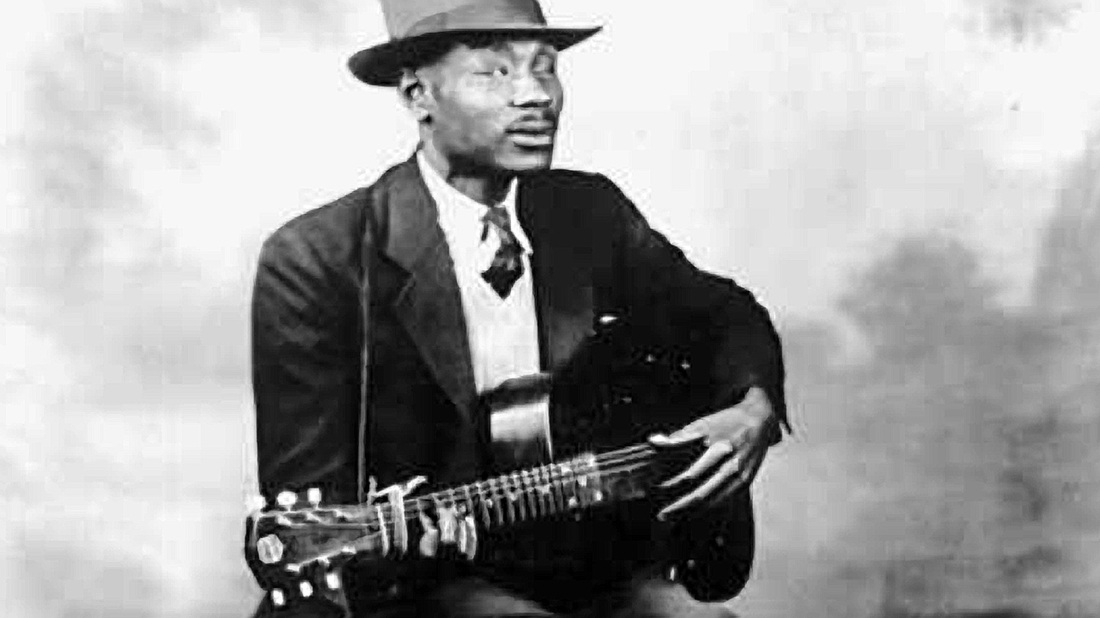Blind Boy Fuller, born Fulton Allen in 1907, was one of the most prolific and influential blues artists of the Piedmont blues tradition. Known for his intricate fingerpicking guitar style and expressive vocals, Fuller played a crucial role in popularizing the Piedmont blues sound during the 1930s. His music, which blends elements of ragtime, country blues, and early jazz, has inspired generations of blues musicians. Here, we explore the five best songs by Blind Boy Fuller that showcase his remarkable talent and enduring legacy.
1. “Truckin’ My Blues Away”
“Truckin’ My Blues Away” is one of Blind Boy Fuller’s most famous songs, encapsulating the lively and rhythmic style that defines his music. Released in 1936, the song features Fuller’s deft fingerpicking and sliding guitar techniques, which complement his laid-back, conversational vocals. The upbeat tempo, combined with the relatable theme of overcoming hardships, made this song a hit during the Great Depression, and it remains a classic in the Piedmont blues repertoire.
The song’s catchy chorus, “Keep on truckin’,” became a popular phrase and has influenced American pop culture far beyond the world of blues music. Fuller’s ability to blend humor and hardship in this track is a testament to his songwriting skill.
2. “Rag Mama Rag”
“Rag Mama Rag” is a lively ragtime-blues number that exemplifies Fuller’s mastery of both the Piedmont blues guitar style and ragtime rhythms. This track, recorded in 1935, highlights Fuller’s energetic fingerpicking and his ability to combine complex rhythms with playful lyrics.
The song’s upbeat tempo and Fuller’s charismatic performance made it one of his most popular recordings. The lighthearted lyrics, which speak of dancing and enjoying life despite the struggles, reflect the joy and resilience that were often present in his music. “Rag Mama Rag” continues to be a favorite among blues guitarists for its infectious energy and technical intricacy.
3. “Step It Up and Go”
A timeless blues anthem, “Step It Up and Go” is one of Fuller’s most well-known tracks, recorded in 1940. This song exemplifies his unique blend of Piedmont blues with a faster, more danceable tempo, showcasing the influence of ragtime on his playing. The song’s rhythmic bounce and driving guitar work make it stand out as an essential track in the pre-war blues era.
With its infectious rhythm and engaging lyrics, “Step It Up and Go” quickly became a commercial success. The song encourages listeners to “step it up,” a phrase that suggests moving forward and overcoming obstacles—an underlying theme in much of Fuller’s work. It remains a staple in blues music, with countless musicians covering it over the decades.
4. “Weeping Willow”
“Weeping Willow” is one of Blind Boy Fuller’s more melancholic and emotional songs, demonstrating his versatility as both a songwriter and performer. This track, recorded in 1937, features slower, more deliberate fingerpicking and a sorrowful vocal delivery, contrasting with some of his more upbeat songs.
The lyrics of “Weeping Willow” express heartache and longing, a theme common in the blues, but Fuller’s poignant delivery gives the song a deeply personal feel. The haunting melody and intricate guitar work make it one of Fuller’s most powerful and enduring recordings, offering a glimpse into the more introspective side of his musical catalog.
5. “Mama Let Me Lay It On You”
“Mama Let Me Lay It On You,” recorded in 1935, is a prime example of Fuller’s ability to blend humor with blues storytelling. The song features his trademark Piedmont-style guitar picking, characterized by a syncopated rhythm and lively, engaging melodies.
The playful lyrics, full of innuendo and wit, showcase Fuller’s skill as a storyteller, while the driving guitar accompaniment keeps the song upbeat and engaging. “Mama Let Me Lay It On You” was later reworked and popularized by folk revival artists like Reverend Gary Davis and Bob Dylan, proving Fuller’s lasting impact on American music.
Conclusion
Blind Boy Fuller’s music is a treasure trove of blues history, blending humor, hardship, and hope through his distinctive Piedmont style. Songs like “Truckin’ My Blues Away” and “Step It Up and Go” highlight his influence on the blues genre, while tracks like “Weeping Willow” reveal the depth of emotion he could convey through his music. Fuller’s legacy lives on through these classic songs, which continue to inspire blues musicians and enthusiasts around the world.
If you’re looking to explore the roots of American blues music, these five songs by Blind Boy Fuller are essential listening. They capture the essence of a true blues pioneer whose impact on music remains undeniable.


Comments are closed